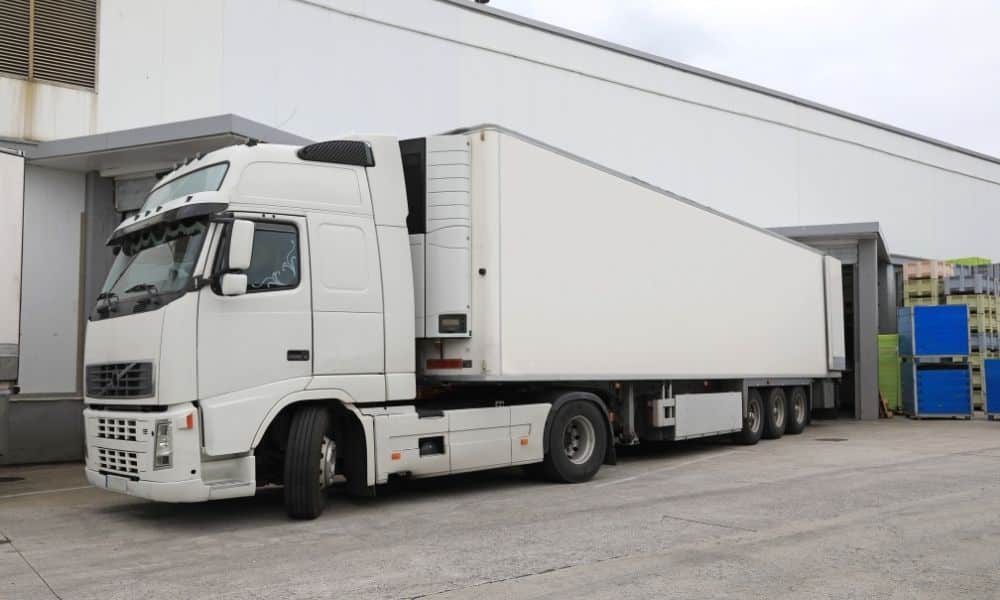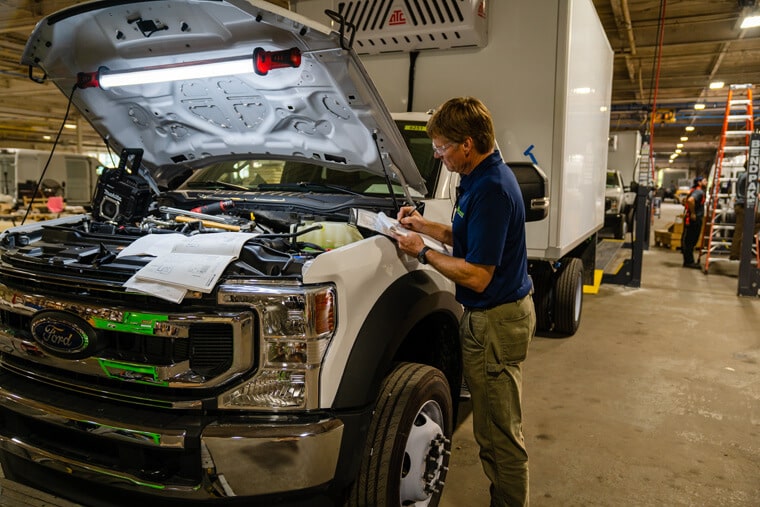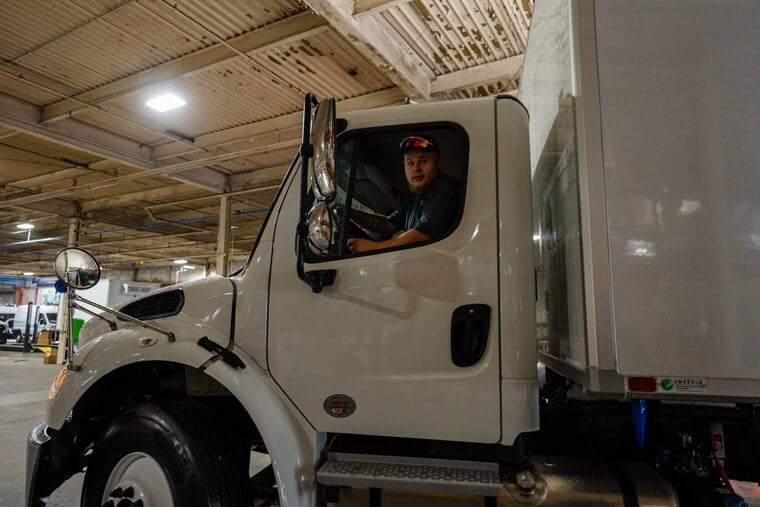
What Are Last Mile Delivery and Logistics?
Joe Dickman | September 21st, 2020
Last mile delivery is a make-or-break point in your customers’ eyes, and as shipping conventions and expectations change, the pressure’s on to streamline this. For more info on what last mile delivery and logistics are and how you can maximize them, read this brief guide.
Last Mile Defined
Last mile delivery is the term for the final step of the supply chain. It’s here that items proceed from some kind of storage area to a consumer or store, usually no more than a handful of miles away.
The Evolution of Last Mile Delivery
Last mile delivery and logistics refer primarily to the flow from a storage spot to a brick-and-mortar retail location. With the rise of e-commerce, that shifted in complicating fashion as consumers now receive packages at home. That means that modern delivery routes make frequent, low-volume stops, slowing down fulfillment and decreasing efficiency. As a result, last mile delivery is the costliest leg of a product’s journey because of the vehicle wear and gas costs that rack up plus the time wasted driving and in traffic.
How To Improve Yours
Even so, last mile transportation is the most important leg to get right so you can meet customers’ expectations and keep up with your competition. To improve yours, you need enough vehicles to tackle orders and smart route planning.
Fleet Expansion
First, decide whether you need another vehicle or two to keep up with last mile deliveries. Investing in a larger fleet allows you to divide and conquer rather than waste your drivers’ time winding along a convoluted route. If you’re transporting temperature-sensitive products, Emerald Transportation Solutions has insulated vans for sale plus plenty of other options.
Drive Smarter Routes
Speaking of routes, smart adjustments to them afford you great efficiency gains. Rather than shouldering the planning yourself, let an automated dispatching service do the work instead. These smart systems can even adapt as drivers are out so you don’t need to worry about whether you’re saving time or not.
Related Articles
Contact Us
Feel Free To Contact Us If You Have Any Questions
What does under DOT mean?
Questions regarding DOT requirements come up often. 10,000 lbs GVW (gross vehicle weight) and over are commercial vehicles that fall under the Department of Transportation regulatory requirements.
What is the difference between GVW and payload?
GVW or Gross Vehicle Weight is the entire weight of the vehicle including the payload. The payload weight represents the amount of cargo you are hauling.
What is a self-powered unit and a vehicle-powered unit?
A self-powered unit has its own fuel source and will run independent of the truck. This is the heaviest and most expensive option. While vehicle-powered units run off the engine via a compressor mounted on the engine. These are less expensive and lighter in weight but you must run the truck or plug the electric standby into shore power.
What does K-factor mean and why is that important?
K-factor is a term that stands for the overall insulating value of the container (truck body). Quite simply the lower the K-factor the better the truck body will be able to maintain a given temperature and require less energy to do so.
How much lighter is a Poly Van vs a US spec body?
Poly Van bodies are very light. On average we estimate we are 75-150 lbs per foot lighter than a traditional sheet and post foamed in place body. These weight savings translates to less fuel burn and less CO2 emissions, along with added payload, the most important benefit.




